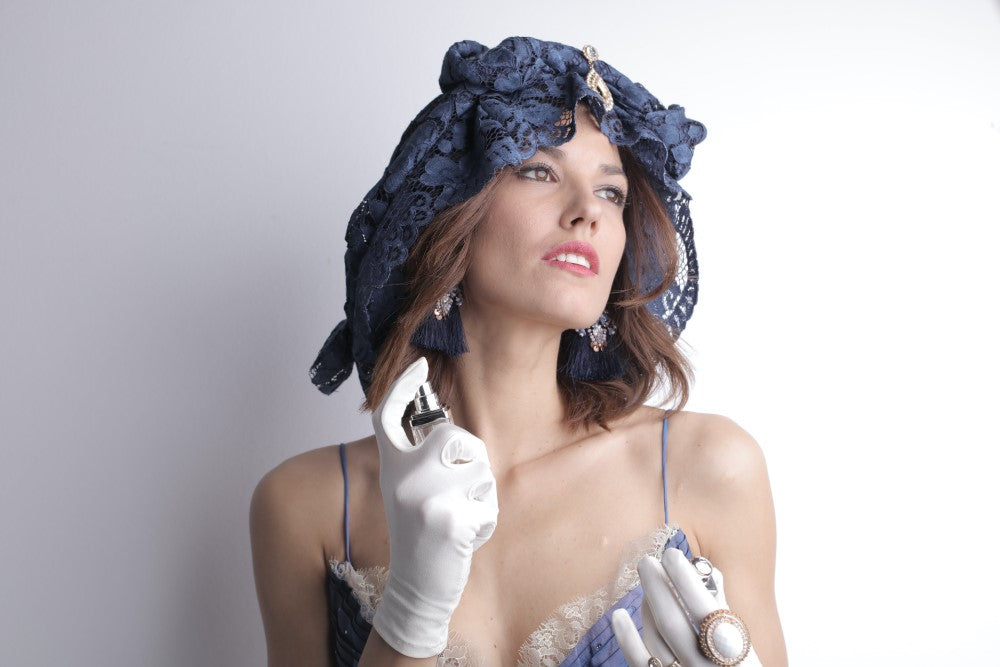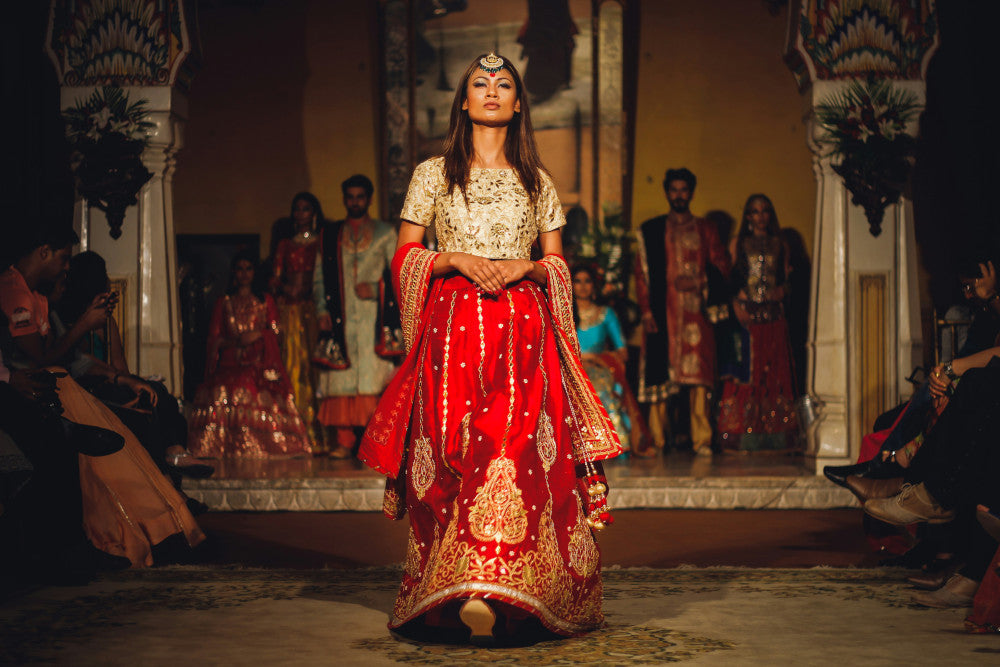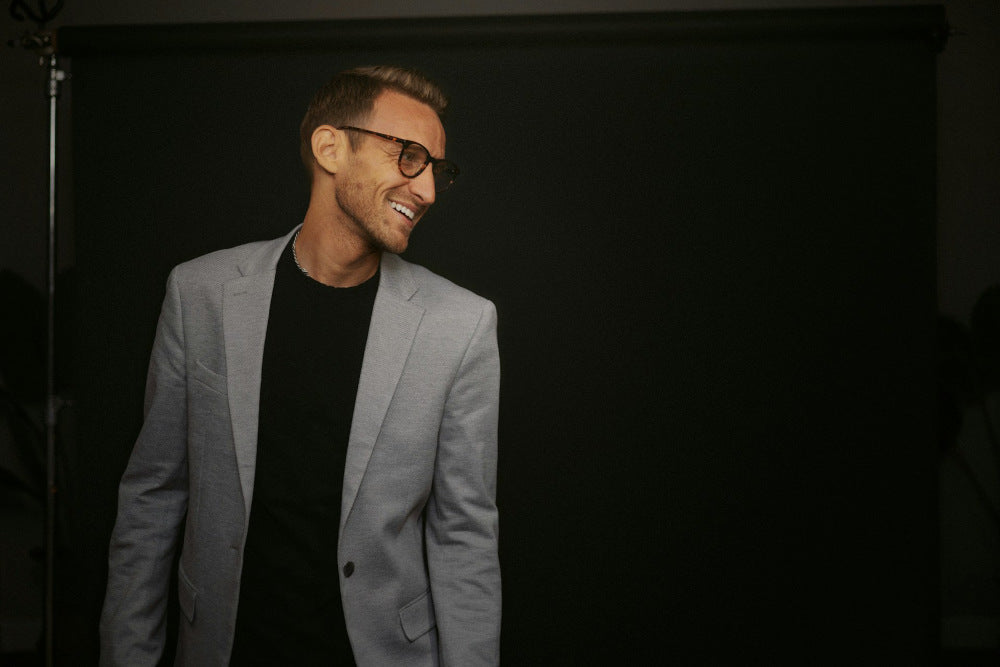
In 1912 the Titanic set sail from Southhampton for what was supposed to be a luxurious, decadent experience. The Titanic was one of the most elegant ships ever seen, carrying some of the most rich and famous people in the world, as well as middle-class people, lower class, and servants.
Whether you are interested in the historical event or the widely popular 1997 film by James Cameron, both feature extraordinary fashion during the peak of the Edwardian Era. The Titanic became an opportunity for women to show off and flaunt their elaborate looks.
Men were also expected to wear formal suits during the day and tuxedos at night for dinner. The elaborateness and attention to detail were a key part of the Titanic, creating many removable, glamorous looks. Recreating these looks for your Titanic party is easier than you may realize.
Panaprium is independent and reader supported. If you buy something through our link, we may earn a commission. If you can, please support us on a monthly basis. It takes less than a minute to set up, and you will be making a big impact every single month. Thank you!
1912 Fashion

To get into the world of 1912, it is important to know what their fashion was like. 1912 fashion was about decadence and luxury for men and women who could afford it.
Women’s clothes were eloquent and heavily embellished. During this time, the S-shape silhouette was popular, where women would enhance their bust and bustle in the rear.
Learn more about retro fashion here.
Dinner Dress

Dinner was considered the most eloquent event on the Titanic, and women reflected this by wearing lavish gowns. Their gowns were long with an empire waist, modest neckline, and a heavily embellished overlay.
These gowns were considered ethereal in appearance, being inspired by ancient Greece.
Discover these formal dresses.
Jewel Tones

On the Titanic, jewel tones were popular for women including burgundy, peacock, navy blue, and hunter green tones. Women would incorporate these tones in their dresses, shoes, and accessories.
Whether you choose to wear a vintage dress or a more modern piece, wearing similar colors will help you blend into the Titanic party.
Parasols

Parasols, or umbrellas were a necessary accessory for women on the upper decks. Not only were they ladylike accessories, but they also protected women from the sun. Many women's parasols featured solid fabric and lace detailing.
Choose an umbrella in a pastel color that compliments your look, and bonus points if it has delicate detailing or lace.
Discover other places where a parasol is useful.
Long Gloves

Long, silky gloves were also common for women. At the time, it was considered improper to make direct physical contact with anyone in public. Wearing gloves allowed women to shake hands with others while still being proper.
Gloves went up to women’s elbows and were usually a white, or off-white color.
Shawls

Shalws were not only a way to add more luxuriousness and detail to their outfit but were also necessary to help keep women warm at night and from the cold ocean air.
Shawls often had the same hand-crafted detailing as their dresses, and often included tassels and fringe.
Check out these scarves and shawls.
Lace Up Shoes

During the Victorian era, lace-up shoes or boots to the mid-calf were common. Shoes were made from a leathery material and were often brown or black. All shoes had a minimal heel, with evening shoes having a thinner heel. Upper-class ladies would often have jewels and buckles adorning their shoes.
Sack Suit

During the day, men wore a sack suit which is similar to modern-day suits, except the lapell was a bit higher. A button-up shirt was worn under the jacket, buttoned up to the neck. Many suits were brown or black with a white undershirt, but other colors like blue could also be found.
Bowler or Top Hat

While outdoors, men wore a bowler or top hat, both popular styles of the Edwardian era. Upper-class men wore top hats, while middle and lower-class men typically wore bowler hats. Any black, rimmed hat you can find will work for your Titanic party.
Tuxedo

For dinner, upper-class men wore a cutaway tuxedo. Their shirts and vests were always white, while the pants and jackets were always black. All tuxedos were also worn with a black or white bow tie.
Find other themed parties to wear your tuxedo to.
Decadent Accessories

Accessories were just as luxurious as their clothes on the Titanic. Women wore long necklaces, and large bold rings and earrings. Men wore eloquent pins for their ties.
Women also carried beaded purses or clutches to go with their dresses. Some also wore adorned hats and headpieces.
Lower Class Outfits

Lower-class outfits were similar in fashion and fit but without as much adornment. Many lower-class men would not own a tuxedo and lower-class women would not have fancy dresses for dinner or tea.
If you want to emulate their fashion, choose a suit or modest dress in a jewel tone, with minimal accessories or flair with dress shoes or boots.
Find more tips to dress modestly here.
White Tea Dress

In the later afternoon, upper-class women would change into a different dress for tea time. Their dresses were looser with no corset and many had ruffles and frills. A common tea dress was white with matching white gloves and a beaded belt.
Check out these white dresses.
Day Dress

During the day, women wore a less formal, luxurious dress. Like their evening dress, it was floor length, but without handcrafted detailing. Many of the dresses had no pattern or a simple pattern like polka dots. Accessories were also less, with many only having a simple sash around the waistline.
Try out these maxi-day dresses.
Serving Staff

Men wore plain black suits or tuxedos, similar to the upper-class men but not as fancy. Women wore simple long black dresses with long sleeves and a wider skirt. They also wore a long, white apron over their dress with a white headpiece.
Learn what modern-day servers wear here.
Was this article helpful to you? Please tell us what you liked or didn't like in the comments below.
About the Author: Shelby Bonner
What We're Up Against
Multinational corporations overproducing cheap products in the poorest countries.
Huge factories with sweatshop-like conditions underpaying workers.
Media conglomerates promoting unethical, unsustainable products.
Bad actors encouraging overconsumption through oblivious behavior.
- - - -
Thankfully, we've got our supporters, including you.
Panaprium is funded by readers like you who want to join us in our mission to make the world entirely sustainable.
If you can, please support us on a monthly basis. It takes less than a minute to set up, and you will be making a big impact every single month. Thank you.


































0 comments